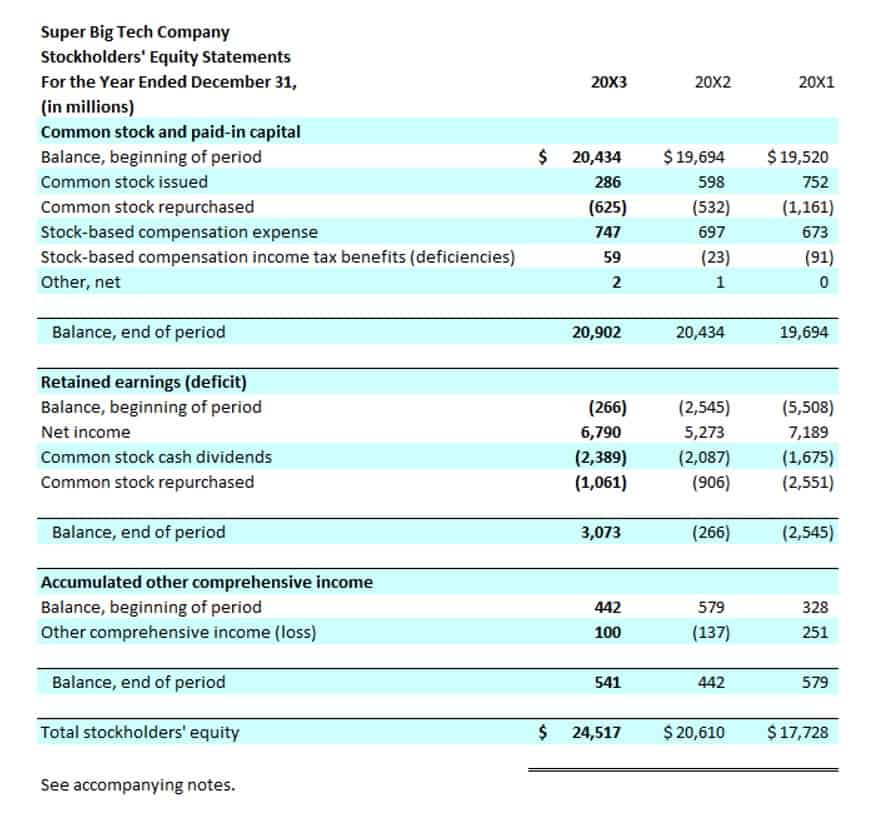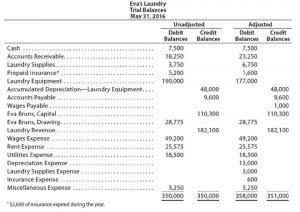
For instance, robust gross profits might be overshadowed if one doesn’t account for Bookkeeping vs. Accounting high selling expenses. Revealing gross profit separately offers valuable insight into how profitable a company’s primary offerings are before accounting for other operational costs. This can help in identifying potential inefficiencies in production or procurement. Service businesses that have multiple offerings or diverse revenue streams can use the multi-step format to break down their earnings from core services versus secondary or ancillary services. Therefore, the Gross Profit Margin Ratio is computed as 0.39 (rounded to the nearest hundredth). This means that CBS has a margin of 39% to cover operating expenses and profit.
- It gives stakeholders a clear view of the company’s operational efficiency and its ability to generate profit from its primary business functions.
- Now, calculate income before income taxes by adding other revenues to operating income and subtracting other expenses.
- Note that any extraordinary revenue is usually separated and listed under Below-The-Line items towards the end of the statement.
- The income statement is the profit statement, showing revenues and expenses for the net income.
- It lists items in different categories to make it convenient for users of the income statement to better understand the core operations of the business.
Income from continuing operations

Multi-step income statements are one of the two income statement formats businesses can use to report their profits. A multi-step income statement reports a company’s revenues, expenses and overall profit or loss for a specific reporting period. It is a more detailed alternative to the single-step income statement and uses multiple equations to calculate a business’s net income. In this article, we’ll cover how to prepare a multi-step income statement.
- Most small businesses and sole proprietorships can get by with just a single-step income statement, since their operations and accounting tend to be straightforward.
- (Figure)The following is the adjusted trial balance data for Emma’s Alterations as of December 31, 2019.
- It allows for the segregation of operating expenses (e.g., salaries of service providers, marketing costs) from other revenues and expenses (e.g., interest income).
- After calculating the income tax expense, the next step is to deduct it from the total income before taxes to arrive at the net income.
- Revenue is the total income made from the sale of products or services in a given period.
Ending Inventory
With this separation in financial reporting, you can analyze ongoing business operations separately from non-operating items. A simple multiple step income statement separates income, expenses, gains, and losses into two meaningful sub-categories called operating and non-operating. A multi step income statement can be highly beneficial for a number of reasons. Because a multi step income statement is so detailed, it is important that it is prepared properly so that profit margins are accurate and not adjusted to appear more successful. To combat this, it is highly recommended that multi step income statements are generated frequently to maintain accuracy as well as give insight into a company’s income and expenditure related trends. An income statement is a core financial statement that shows you the company’s revenues, costs and expenses, net income or loss, and other comprehensive income (loss) for a period of time used in accounting.

What is the Difference Between EBIT and EBITDA?
Non-profit organizations also need to produce an income bookkeeping statement, often referred to as a statement of activities. Even in cases where it is not legally required, maintaining an income statement is considered a best practice for effective business management. Each method gives a different perspective and can be more useful in certain types of financial analysis or for certain types of businesses.
EBITDA vs. cash flow

For accurate tracking and reporting of year-end financial data, businesses can consider outsourcing their year-end accounts services. After calculating the gross profit, the next step in preparing a multi-step income statement is to account for operating expenses. This step is crucial for determining the operating income, which reflects the profit generated from a company’s core business activities. Publicly-traded and most privately-held companies present detailed financial statements prepared following GAAP.
- A multi step income statement is a company’s financial statement in a format presenting revenues, costs, and expenses for a specific reporting period.
- As the name suggests, single-step income statements use a “single step” to calculate net income.
- Income statements are essential reports for any organization, as they give you a general overview of your business’ financial performance.
- To avoid giving too much information to competitors (from financial statements), general & administrative and sales expenses are sometimes combined as selling, general & administrative expenses (SG&A).
- It allows for a more detailed analysis by showcasing the company’s primary income-generating activities separately from its ancillary financial activities.

A multiple-step income statement presents two important subtotals before arriving at a company’s net income. For a company that sells goods (merchandise, products) the first subtotal is the amount of gross profit. Gross profit is the first section of a multi-step income statement, and it is obtained by deducting the cost of goods sold from the total sales. It shows how profitable a company is multi step income statement in manufacturing or selling its products. Gross profit is used by creditors to show the company’s ability to meet arising debt obligations and to pay back outstanding credit. Right after computing the total operating income, the other revenues and expenses section is the revenue and expense incurred from non-operating activities.
How to Prepare a Multi Step Income Statement
Thus, interim financial statements are prepared for management to check the status of operations during the year. Management also typically prepares departmental statements that break down revenue and expense numbers by business segment. Unlike the balance sheet, the income statement calculates net income or loss over a range of time. For example annual statements use revenues and expenses over a 12-month period, while quarterly statements focus on revenues and expenses incurred during a 3-month period. The multi-step income statement helps users in analyzing the performance of the business. Investors, lenders, and other key stakeholders monitor the gross margin of the business, which is calculated as a percentage of net sales.
Create a trial balance report
Together, these statements present a whole picture of financial performance and well-being. The term “income statement” refers to one of the three primary financial statements the company uses to summarize its financial performance over the reporting period. The income statement is also referred to as the statement of earnings or profit and loss (P&L) statement.
